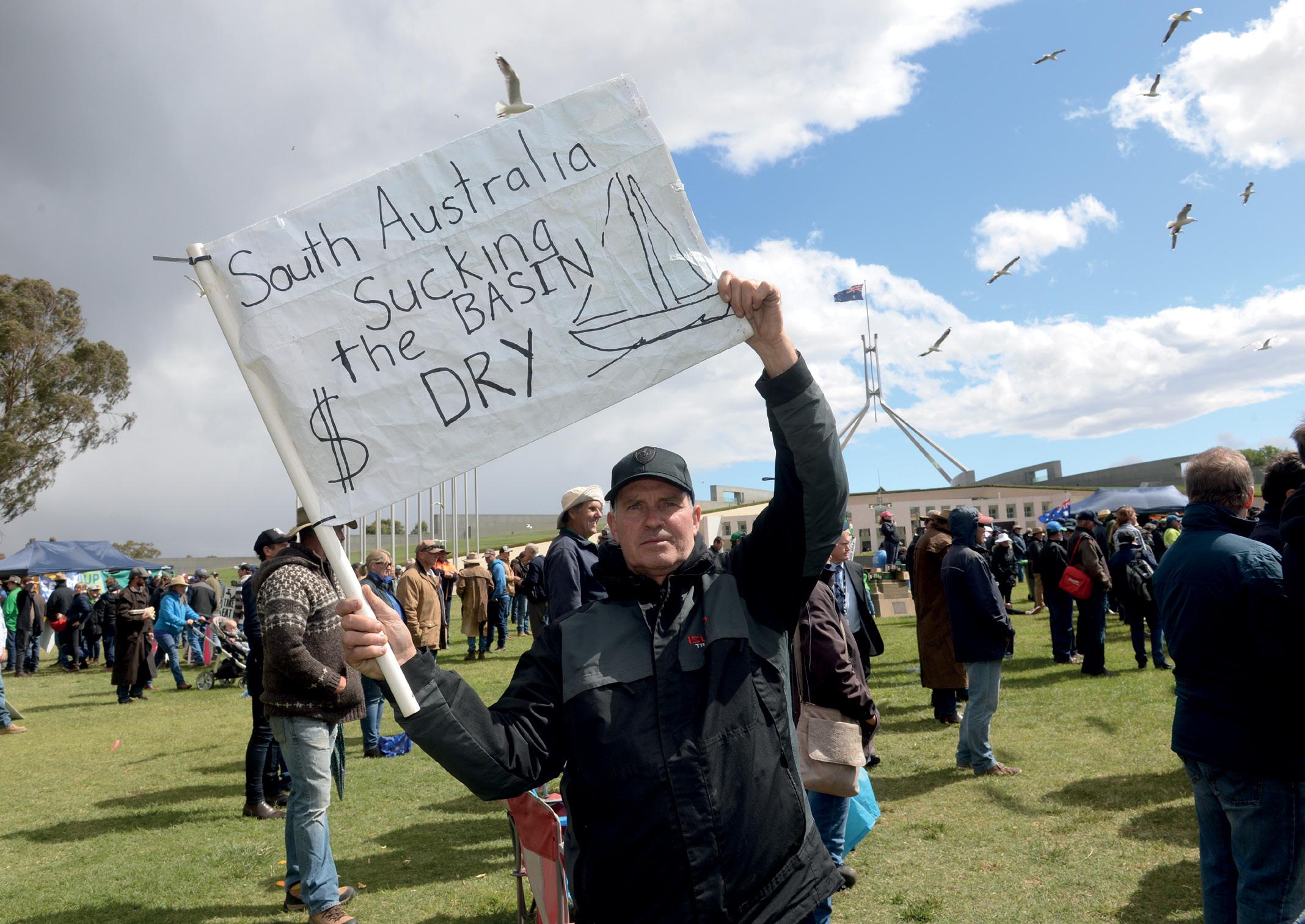
6 minute read
Navigating drought and modernisation: My journey with irrigation in the Goulburn Valley
Kelvin Bruce
Retired Dairy Farmer and Chairperson of Shepparton Irrigation Region, People Planning and Integration Committee Northern Victoria, Australia
My involvement with irrigation began in 1996 when we moved to Australia to follow our dream of owning a dairy farm.
We had received advice that when dairy farming in Australia, one should go to an area with secure water.
We settled on a share-farming opportunity near Shepparton in the Goulburn Valley. The Shepparton region has an established irrigation network supplied with water from Lake Eildon, about 120km south of Shepparton.
It was a huge adjustment coming from the West Coast of the South Island, New Zealand – with mountains of 2300m at our back door and annual rainfall of up to 6 metres – to a country flat as far as the eye can see with an average annual rainfall of 600mm. Growing and managing pasture was our trade, and being able to manage moisture, fertiliser, and rotation, we thought we had landed in farmers paradise: they called it the Land of Milk and Money!
Home-grown feed is a key profit-driver, and providing this became challenging when it stopped raining in the 2000s and we were faced with something many had never experienced; drought and a reduced water allocation. The situation deteriorated, with urban water coming under threat.
Major Victorian cities including Melbourne, Bendigo, and Ballarat were forecast to run out of water if the drying conditions and population growth continued. The environment also suffered with so little water making its way downstream to the creeks and wetlands. Our seemingly unlimited agricultural resource became a target for urban security and environmental protection. But there was plenty of opportunity to save water in an irrigation system where channels, channel-controls, and outlets were up to 80 years old and falling apart in places. I’ve always felt that because water is such an important part of our farming operation, there was a need for an improved relationship with the water authority, Goulburn Murray Water (GMW), and its staff.
I had the opportunity to become a member of the Water Services Committee (WSC), which is an opportunity for waterusers to engage with GMW on financial and operational matters. It was good to get behind closed doors and gain an understanding of how the organisation worked and discuss the issues that farmers were facing. The millennial drought highlighted to government the need to calm the political tension around water security for urban and environmental needs. A plan to modernise our irrigation system was made which was designed to share the water savings. $1 billion from the Victorian Government and $1 billion from the Federal Government were secured to modernise the GMW system. GMW covers 68,000 square km (6.8 million hectares) and operates about 6,000km of channels, so this was a major project for the state.
As part of my role on the WSC, I opted to join the Modernisation Working Group for our area, with the goal of finding effective ways to save water within the system. This was an interesting experience at a unique moment in time. One of the first steps was to change our meters, which had been giving users an average of seven percent too much water. That was a hard story to sell to farmers, who at the time were screaming out for more water. Expensive, remotely operated outlets that were going to cost more to maintain were not popular. Tough decisions had to be made, including shutting down or lining and piping old leaking channels, and concentrating the irrigation footprint by only irrigating better soils closer to the major channels. Bring in the experts: consultants, planners, and some more consultants.
Our modernisation working group was disbanded and sadly we now have what we call the Swiss Cheese effect – pockets of irrigation spread around and water being moved great distances.
We have an amazing water delivery system, which is gravity-fed with Total Channel Control, automated farm outlets that measure and control flow rates –expensive to connect, but dependable and effective. The modernised system did save water. It measured and controlled water more efficiently, and the lined and piped channels stopped water theft, seepage, and evaporation.
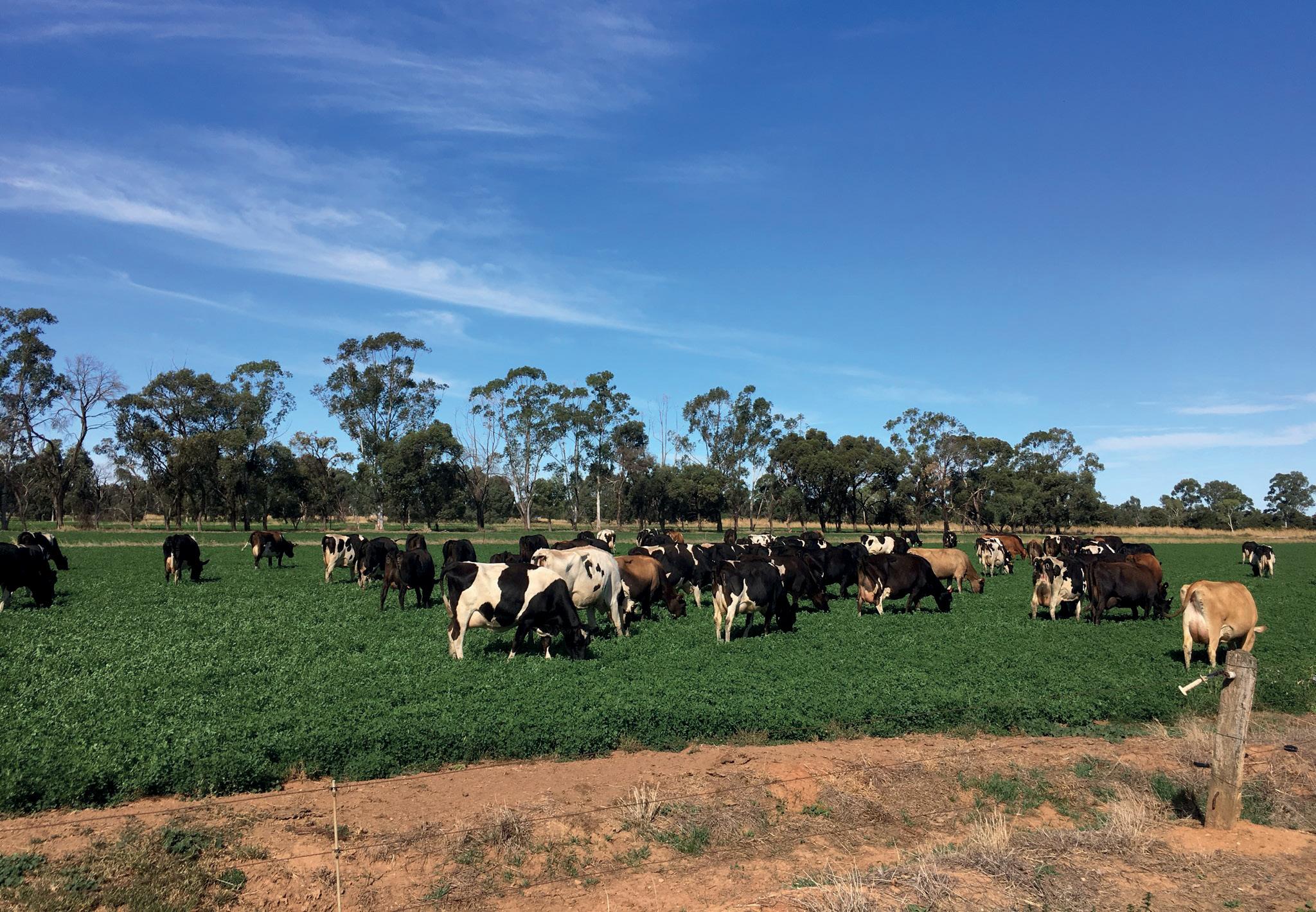
During this period of major and sustained droughts, the Federal Government, seeking more water for the environment, offered big money to buy permanent water allocations from struggling farmers, many of whom grasped an opportunity to relieve crippling debt. The advice we were given was to sell water, relieve debt, and then buy back water from the temporary market. However, many found that trying to operate within an unpredictable water market was just too hard to manage. It meant other buyers invested in the water market after seeing an opportunity to set up large horticultural operations downstream that could pump water from the river with no water delivery infrastructure fees.
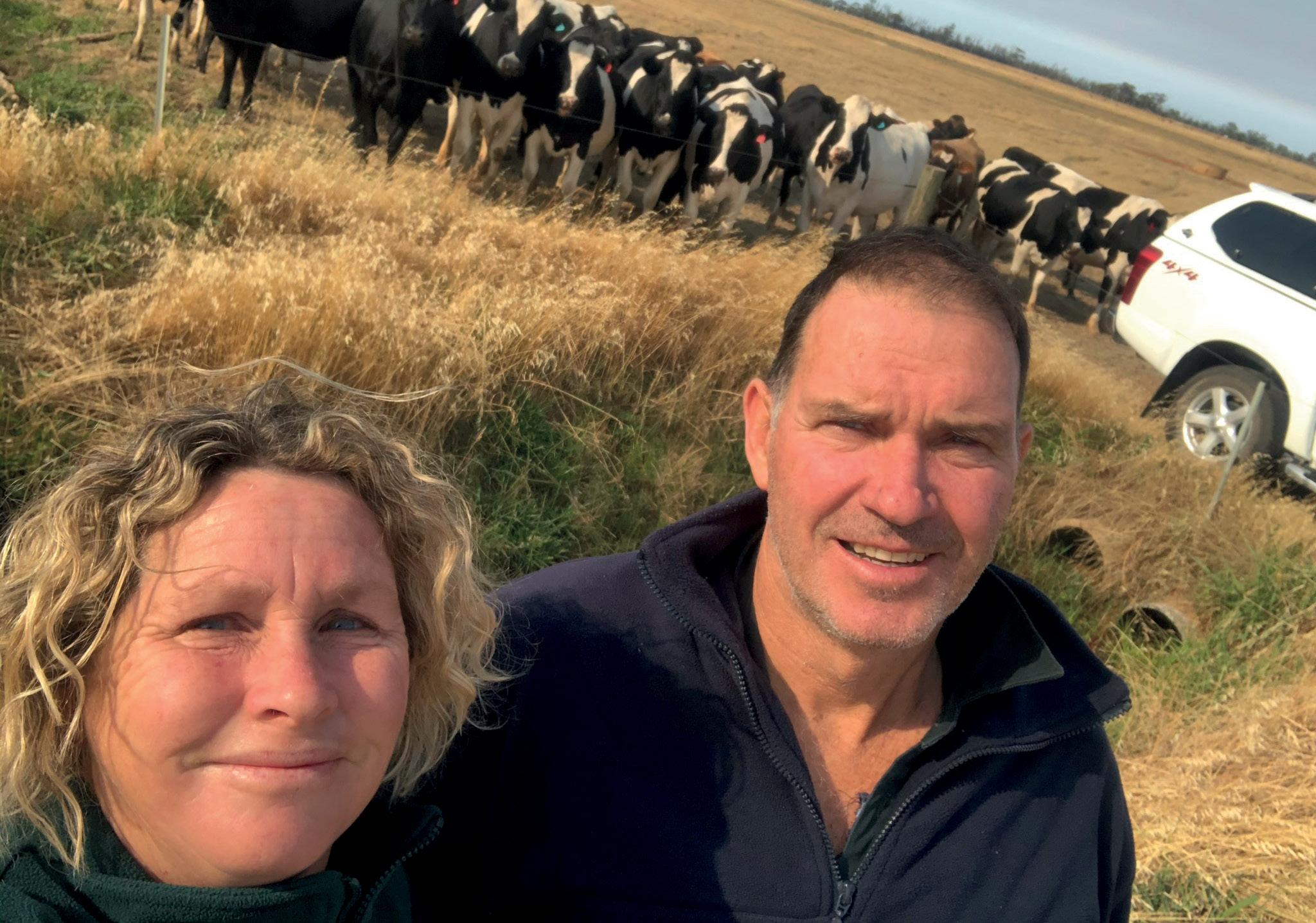
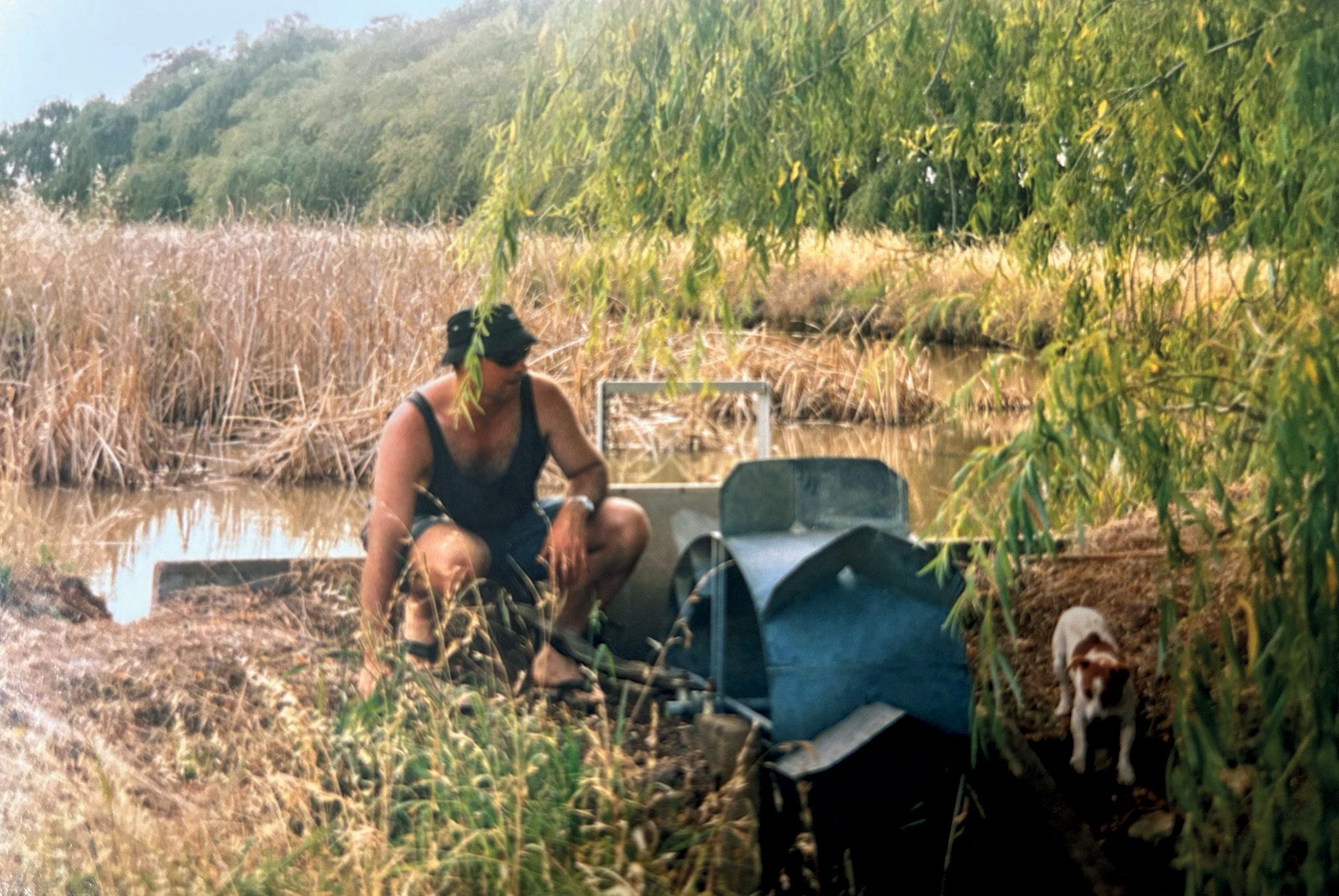
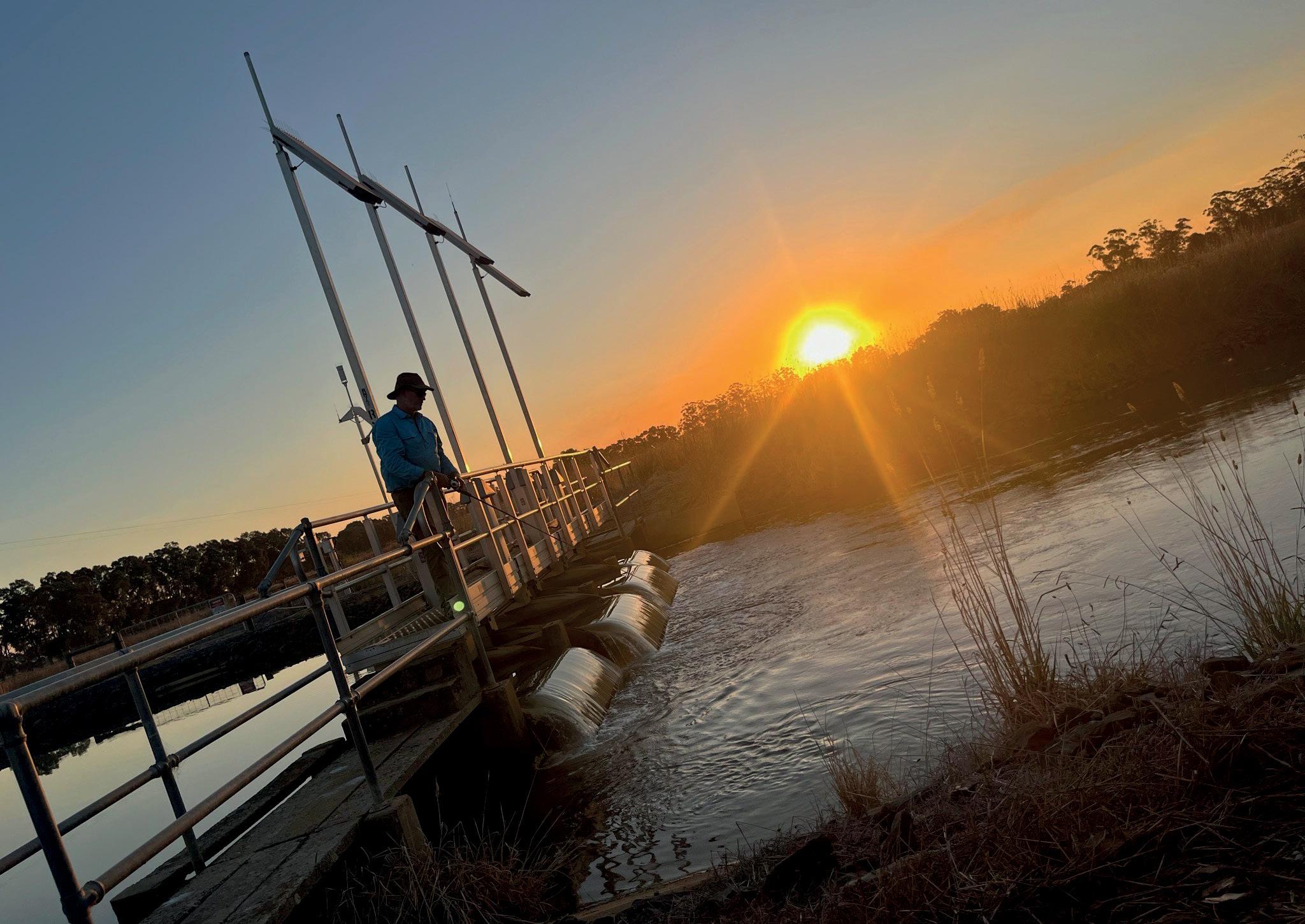
This opened the water market to overseas investors, offering lucrative returns with minimal risk, but it was hugely detrimental to Australian agriculture. In my view, not enough consideration was given to the social, economic, and environmental impacts of water leaving our region.
I have been privileged to be involved in the Shepparton Irrigation Region Land and Water Management Plan (SIRLWMP). Ten years ago, I was invited to attend community workshops aimed at forming a plan to help future-proof our region. We heard perspectives from different industries, agencies, organisations, and interest groups and mashed them all together to settle on a common goal for our region. The SIRLWMP has been in place in this region for 30 years and manages issues such as salinity (from rising water tables), not enough water to maintain river health, biodiversity, and farming practices. It has helped attract government funding for identified growth opportunities in agriculture and horticulture. Additionally, it has worked hard to predict and mitigate threats.
Looking forward, the latest plan – which is currently in draft form – has again identified the issues which are critical to the success of our region. I think the resilience and flexibility of our community will hold us in good stead as we meet challenges and opportunities in the future. We lead the nation in sustainable irrigation by bringing together many stakeholders and finding common ground to form direction, strategy, and a vision for the future. It has been a privilege to be involved in bringing this plan together. This region has been good to us and I am glad to be able to put a little back in.


